Spinning fishing in the stream in spring
We have been in meteorological spring for over a month. Even if the weather is acting up and it feels more like November than between May and June, the reference season is spring: a time of transition for nature and for fish that, from year to year, change their habits, abandoning winter hibernation and opening up to the warmth of summer. The vitality of trout, the main protagonists of stream spinning, changes suddenly. They become more voracious and follow their predatory instinct, finally giving us the chance to catch some nice specimens. Furthermore, the storms that mix with the first warm weather, which then melt the snow at high altitude, generate higher water levels. The nutritional supply for trout increases, so the ecosystem awakens and the season comes to life. Tackling this moment in the right way is essential, both to catch the dream specimen and to have fun with maximum physical and mental satisfaction. Coming home with so many beautiful souvenir photographs, far from the daily routine, immersed in the nature of a stream, is a great satisfaction. To ensure, however, that everything transforms into this splendid picture, it is necessary to follow a series of tips for a methodical approach to the stream. Otherwise you risk making mistakes and making a clean sweep or, at most, fishing some insignificant specimen that nullifies your efforts.
Stream spinning fishing
Let's forget the opening scenarios. Cold, snow, frozen water that flows slowly. The stream has changed. Green is the master. The water has a higher temperature, it is clear (sometimes however it can be tinged with white due to the melting snow) and well populated by trout hunting for prey. Spinning is configured as an absolutely captivating technique, as well as fascinating. You go up the stream with your legs in the water, backpack on your shoulder and rod in hand. We go in search of flats, holes, ravines, waterfalls and everything that the Alpine and Apennine streams can offer. The best way to start the dance is to choose medium-light equipment, avoiding rigid rods and particularly heavy artificials. They are useless. Better instead a soft rod of 1.80/2 meters, a small-sized reel (2000/2500) and some ultra-light bait, possibly a spoon or small minnow. Why? Simple. Lightness, or rather refinement, always pays. We will try to catch native trout such as brown trout or marble trout with light and medium-sized rotating spoons, such as 6 or 9 (to use the sizes of the common Panther Martin). This will happen in hill or mountain streams, while in valley bottom ones, where the flow is greater due to the contribution of any tributaries, we will usually use size 9 (in exaggerated cases we will move on to 12). If the rotating spoons do not produce results, the choice will fall on small minnows or hybrids, i.e. spoons with integrated silicone bait. Let's discover together the proposals of Pescaloccasione for spinning fishing in the stream.
Artificial baits for spinning: spoons and minnows
Kolpo, a brand distributed by Pescaloccasione, offers two artificial baits designed for fishing in running waters that are well suited to the needs of spinning in spring. The first is the rotating spoon (https://www.pescaloccasione.it/esche-naturali/cucchiaino-martin-rosso-paletta-argento ) in tiger, red and black, with a silver blade and treble hook. This is a universal bait for fishing for trout in streams, available in weights ranging from 3 to 12 grams. It will be the first bait we will use once we reach the spot. The spoon, in fact, will allow you to explore all the corners of the stream and will stimulate the aggressiveness of the trout that will see themselves disturbed by an external element. In the stretches of the stream where the water flows more impetuously, or in the presence of large holes or flat areas with very slow water, you can evaluate the use of minnows, just like the Kolpo Vita 80 (https://www.pescaloccasione.it/esche-artificiali/minnow-pesca-spinning-kolpo-vita-80 ). It is an 8-centimeter minnow weighing 6 grams, with a sinking action, equipped with two treble hooks: one on the tail and one on the belly of the fish. Its zig-zag movement, if properly handled, will offer the fisherman a great opportunity to stimulate large brown and marble trout, usually over 50 centimeters. These fish, in fact, stay in the pools and wait for a succulent

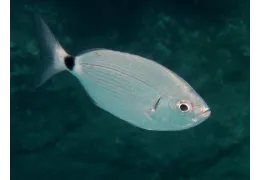
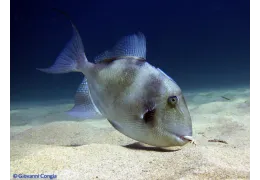
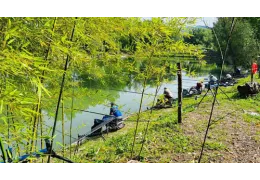
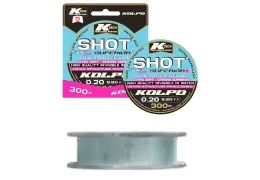
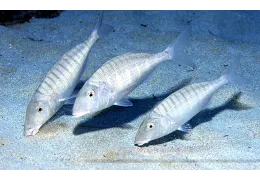
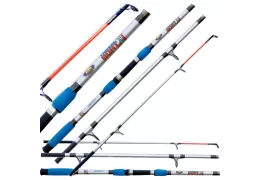
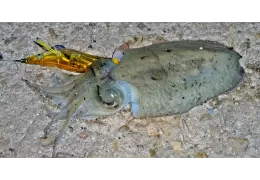
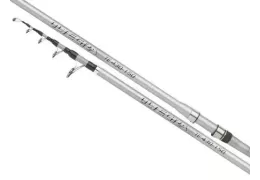
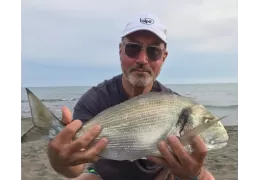


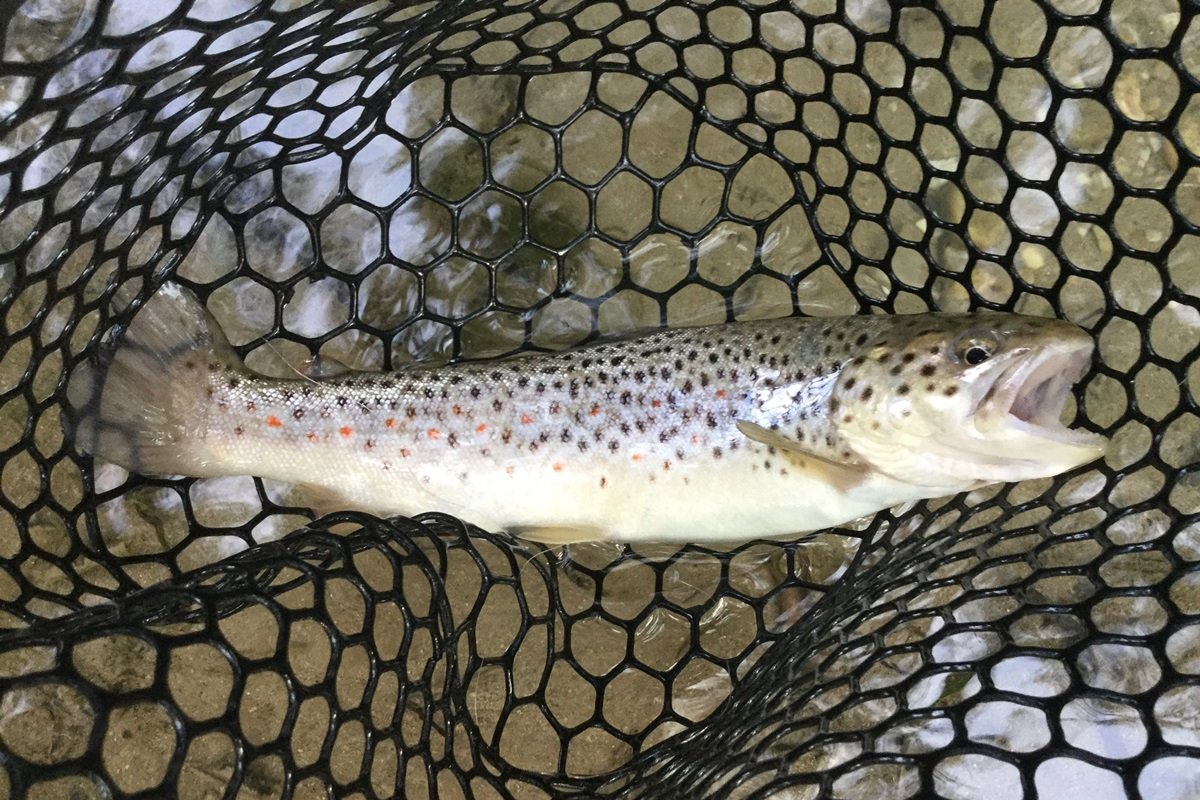
Leave a comment
Log in to post comments